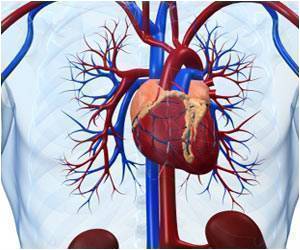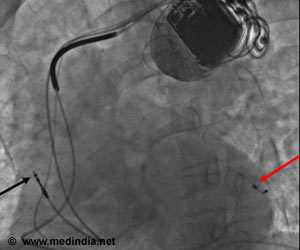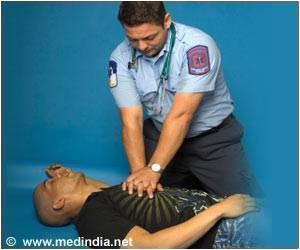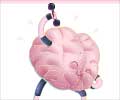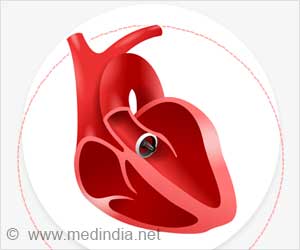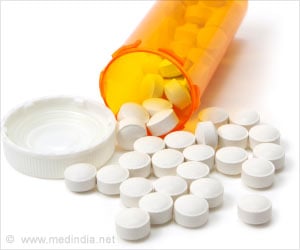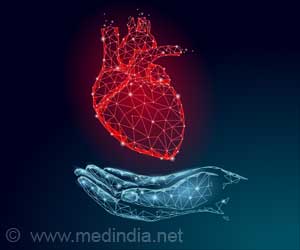A young, healthy, fit athlete suddenly collapses and dies of cardiac arrest while playing sports. It's a tragic news story that often makes headlines.

Reviewing coroners' reports, Dr. Krahn and a team of researchers found there were 174 cases of presumed sudden death in Ontario in 2008 in people aged two to 40 years.
Heart disease was present in 126 cases (72 per cent), 78 per cent of which was unrecognized. The majority of victims were male (76 per cent) between the ages of 18 and 40 (90 per cent).
With sudden cardiac death, people who seem to be perfectly healthy can die suddenly. Each year up to 40,000 Canadians die of sudden cardiac arrest. A significant proportion of these cases occur in otherwise healthy, young individuals.
Dr. Krahn's research dispels a myth that sudden cardiac death often takes place during rigorous physical activity. In fact, he found the majority of events (72 per cent) occurred at home.
Only 33 per cent of events involving children/adolescents and just nine per cent of events in adults occurred during moderate or vigorous exercise.
Advertisement
Regardless of the location of the cardiac event, Dr. Krahn believes his research sheds some light on this issue.
Advertisement
He suggests more attention be paid to possible warning signs such as fainting. He believes that teachers, coaches and an aware public may be key to detecting risk, ensuring prevention and formal medical evaluation and therapy.
"I would advocate for careful screening of people who faint, using questionnaires and education of healthcare professionals so that when warning signs present themselves, they recognize them and this information gets passed on to the right people," he says. A nationwide screening program would be the most effective measure but there isn't currently such a thing in Canada, says Dr. Krahn. "Unfortunately, we lack a simple, inexpensive test that is ideally used for screening," he says. "There is a global debate about the merits of screening, which is not performed in most countries."
Still, there are other measures that could potentially save lives, feels Dr. Beth Abramson, a Heart and Stroke Foundation researcher.
Training in CPR and the placement of Automatic External Defibrillators (AEDs) in schools, arenas and gyms could save the lives of many of these people, she says.
"Our goal is to make AEDs as available as fire extinguishers in public places from Yellowknife to St. John's," says Dr. Abramson. "The odds of surviving a cardiac arrest can increase to up to 75 per cent when early CPR is used in combination with an AED in the first few minutes." Since 2006, the Heart and Stroke Foundation has helped place more than 3,000 AEDs in schools and other public spaces.
The importance of AEDs was demonstrated this past summer when NHL hockey player Brett MacLean suffered a cardiac arrest at an arena in Owen Sound, Ont., during a pick-up game with friends. Players immediately performed CPR on the ice, while a spectator retrieved the AED in the arena.
Through their action, the 23-year-old survived and is currently recovering his home town of Port Elgin.
Source-Eurekalert

